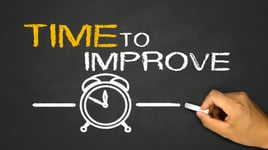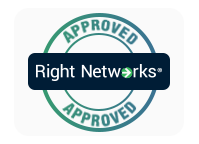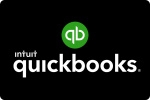 How successful wholesalers make the most of order entry software all comes down to how comprehensively easy it is to use for both employees and customers. Yes, adding customers into the order entry equation frequently gets overlooked. Some companies don't always make it easy for sales reps or the back office either.
How successful wholesalers make the most of order entry software all comes down to how comprehensively easy it is to use for both employees and customers. Yes, adding customers into the order entry equation frequently gets overlooked. Some companies don't always make it easy for sales reps or the back office either.
In your own B2B business, you likely already know that getting everyone on the same page about product orders is imperative. It's hard to imagine that any business would still store order information on paper, or take orders through fax or email. Yet, these methods are still in use more than you’d think.
Hopefully, you've updgraded at least digitally, even if some order software out there doesn't get designed with ease of use in mind. Plus, it's rare to find efficient software the helps your customers as well as your own staff.
The cycle of a wholesaler is frequently complex in the sales process, and it affects everyone in the company when things become too confusing. So what best practices should you apply when using order entry software in your company? Here are the top 3 to gain the most efficiency.
Best Practices for Your Sales Reps
The people who handle sales have the biggest burden because they have to enter information about the order while keeping every detail accurate. They also need to follow up on each order, and it can come close to spinning plates when hundreds of invoices pile up.
Before more efficient order software was available, it usually meant having to enter extensive information into separate places. Some companies still face those problems today, especially when having limited software, forcing entry of everything by hand.
You probably already know the frustrations of entering everything manually. Especially if you use QuickBooks, entering information there can become tedious and error prone.
With the right order entry software, all orders get automatically placed into QuickBooks which eliminates your sales reps having to do it themselves. Everything else gets connected so reps can follow up on customer orders, check inventory, and shipping information to eliminate needing to make calls to the home office for details.
Best Practices for Customers
Older order software usually focused exclusively on the sales rep team rather than letting customers access their own accounts. Today, the B2B buying experience needs more flexibility, and letting customers order products through their own portal helps speed up the ordering process.
With our software, customers can have their own managed accounts with your own personal branding design. Customers can easily search for products they need using a smart matching process based on what they've bought before. Having this tool available helps them make better buying decisions and enables them to place orders anytime, from their mobile device, tablet or computer.
Just like your sales reps, a truly best practice is allowing your customers to tap into their accounts any time to check up on their orders. No matter where those buyers are, they can know when an item ships and if it's in stock.
Best Practices for the Back Office
All others who work in your company, particularly the warehouse where you place orders, need accurate order information without getting wires crossed. Rather than phone in to your back office to get orders set up, your order entry software does an automatic transfer of information to them to avoid confusion or errors.
It's a best practice you'll appreciate if you've gone years dealing with ordering mistakes while relaying data through other digital means. If you let order errors get out of hand, you only erode the trust everyone had in you from the beginning.
Visit us here at Now Commerce to find out more about how our software can bring true best practices to everyone in your B2B wholesale business.




